126 years later, 35,000 passengers a day, and a protected landmark—not bad for a temporary train station. “Not built for eternity” and “in spite of its cheapness, it’s quite decorative” were the reviews when Østerport, designed by DSB chief architect Heinrich Wenck and then known as Østbanegaarden, opened in 1897.

The quaint half-timbered National Romantic architecture here wasn’t chosen only because it was Wenck’s house style—although the guy clearly loved it, designing more than 150 mostly National Romantic train stations across Denmark between 1894 and 1921—but also because it would be easy to disassemble and move elsewhere.

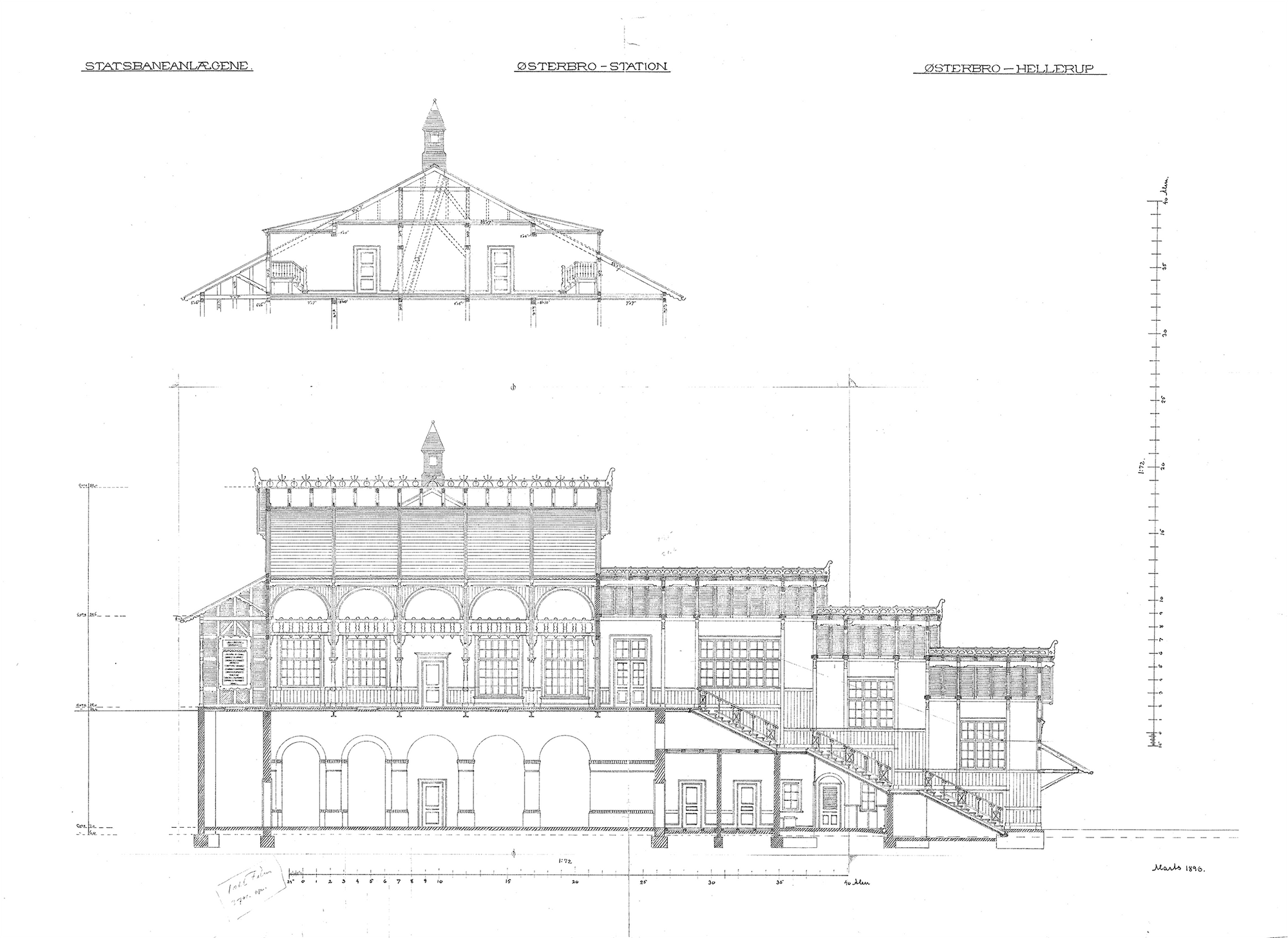

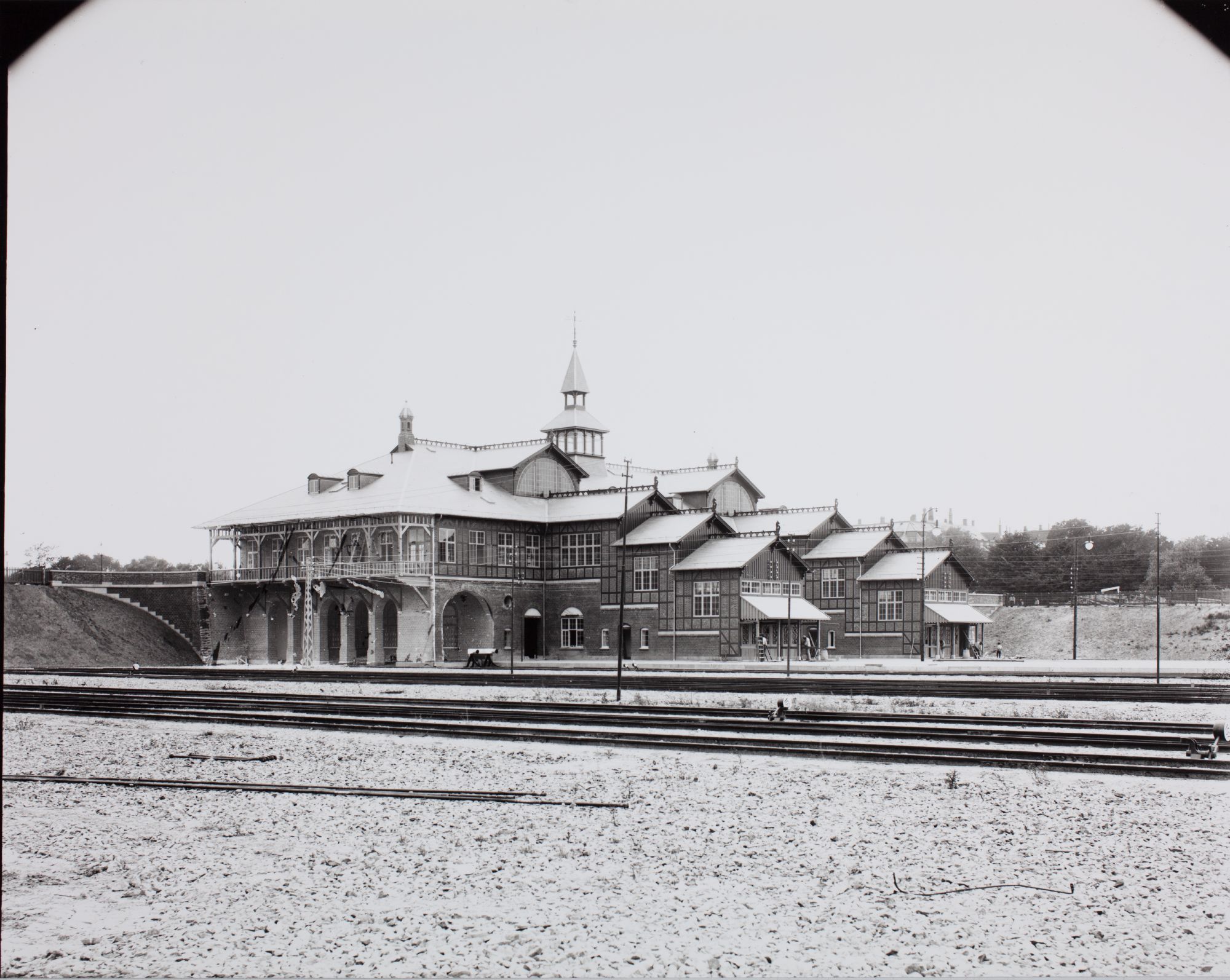
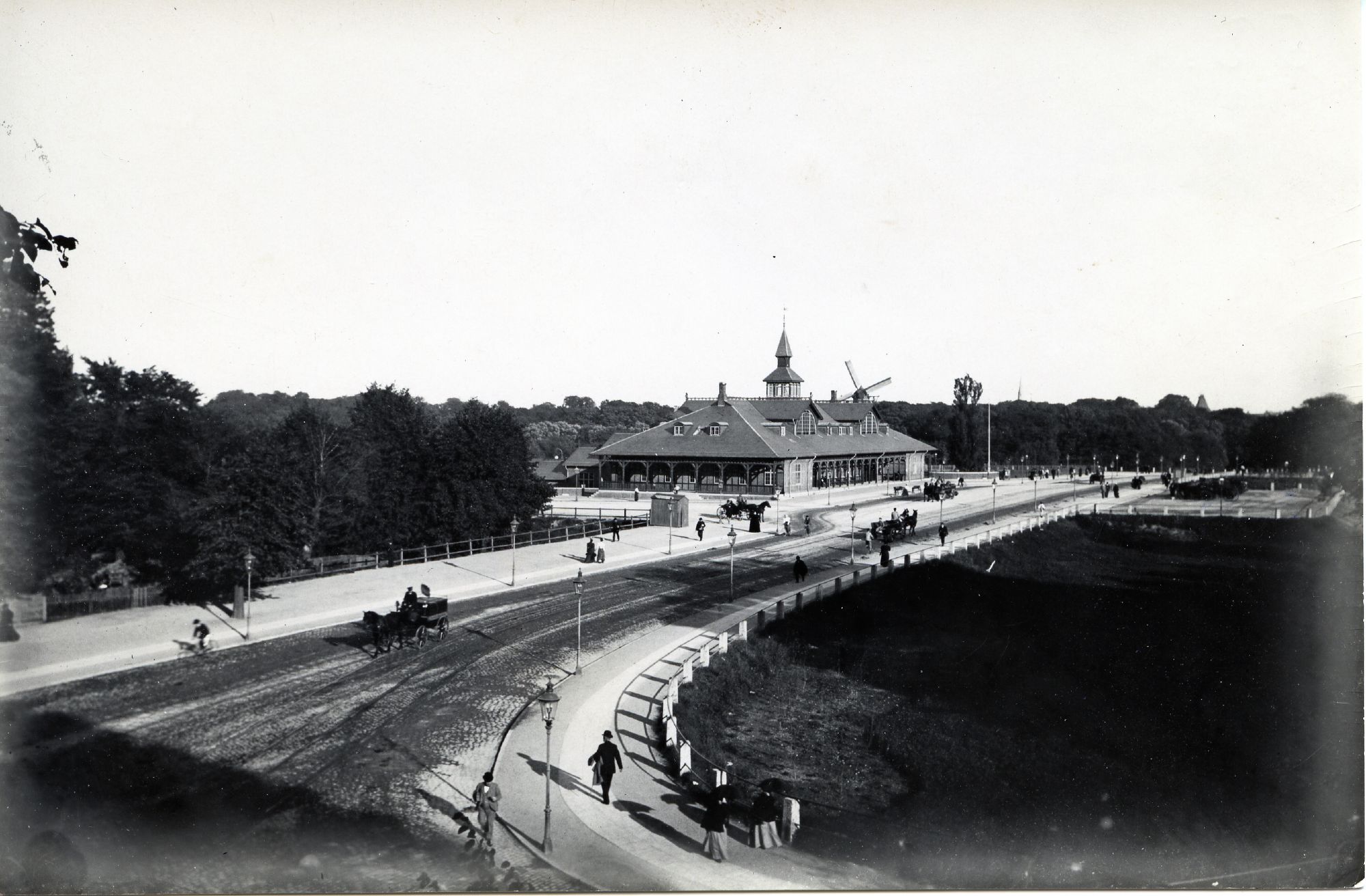
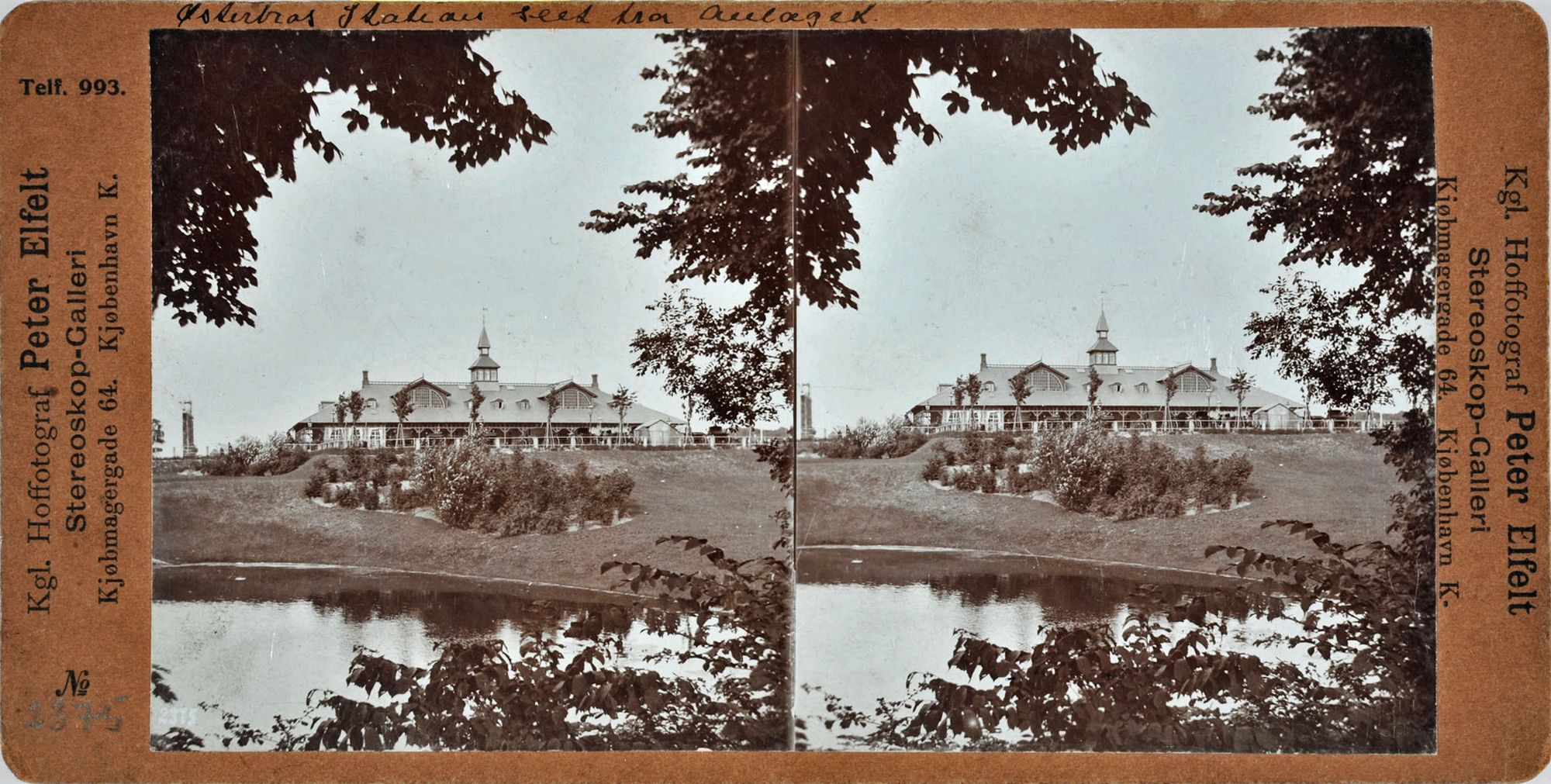
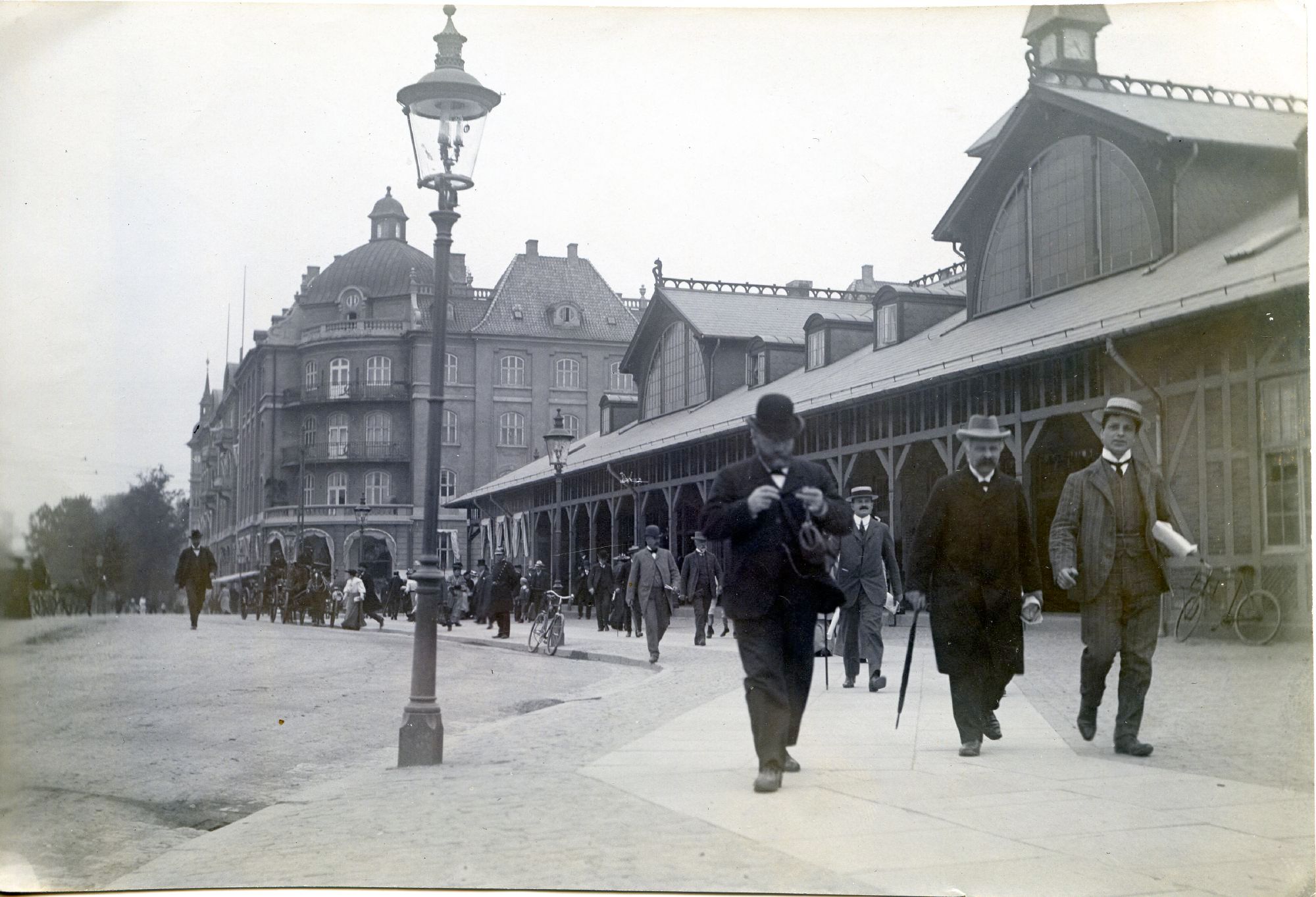
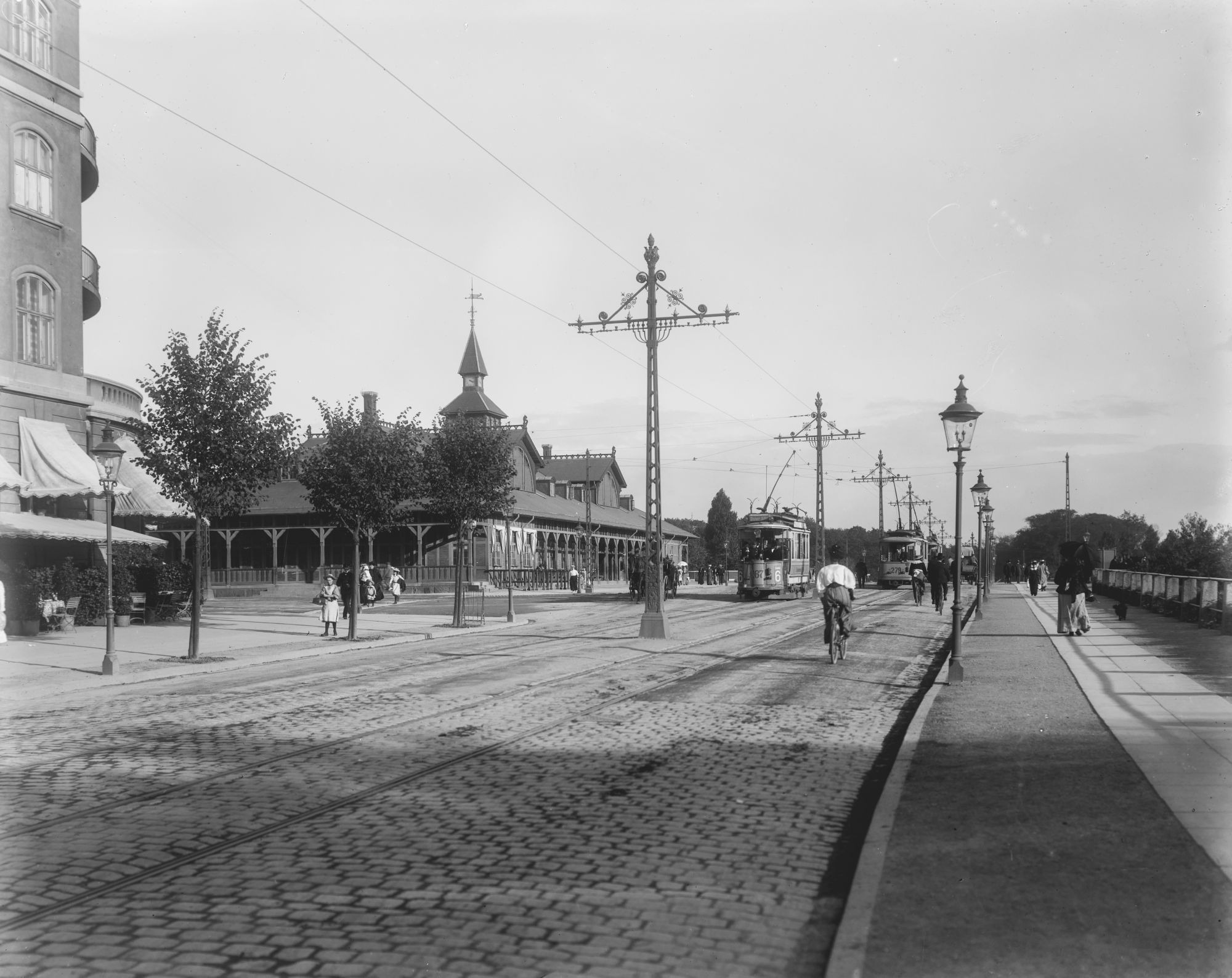
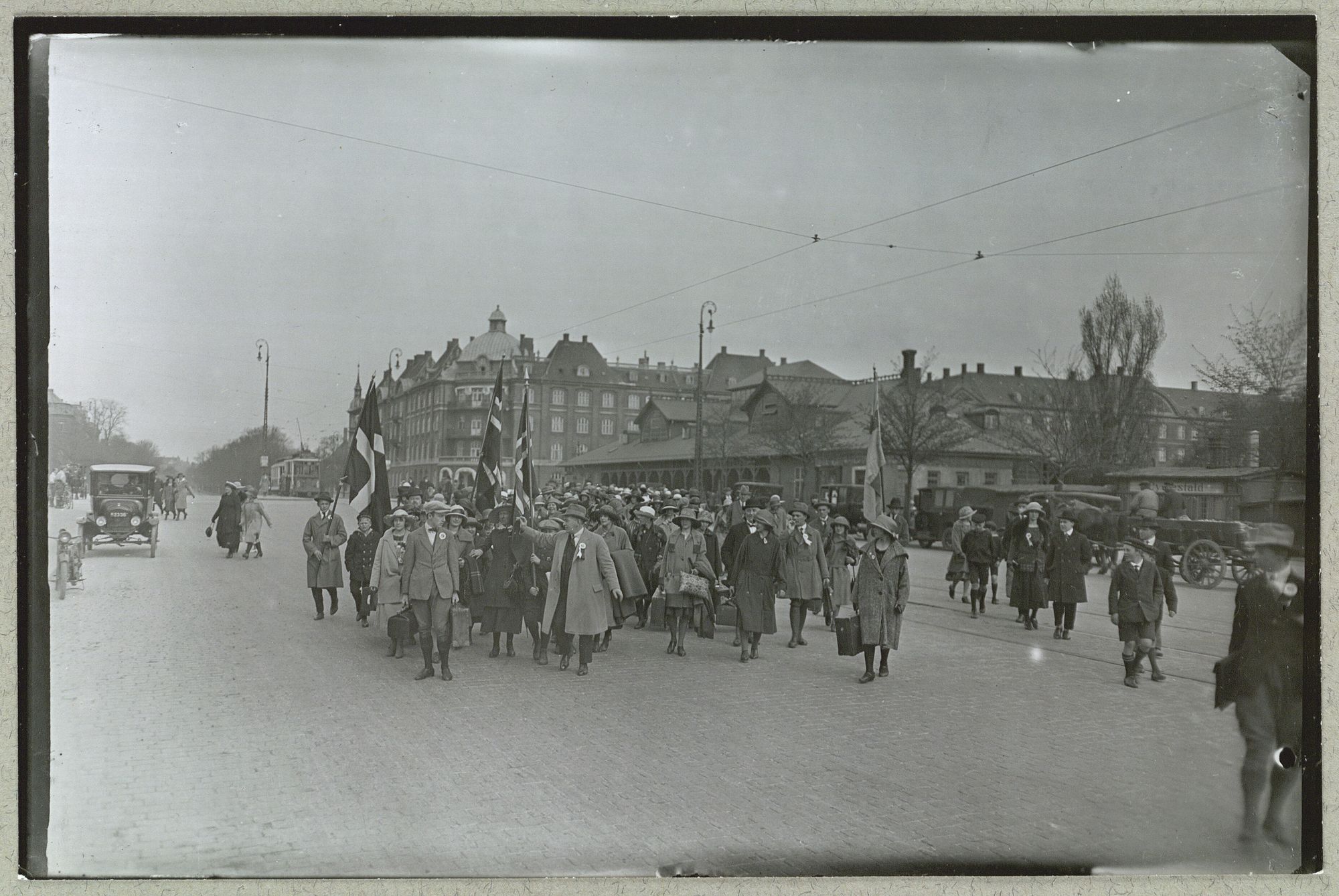
Originally the terminus for Kystbanen, the coastal rail line between Elsinore and Copenhagen, Østerport was built as a temporary station because DSB wanted to keep its options open around the future rail connection between Østerport and Copenhagen Central Station.
For its first 20 years, Østerport had no rail connection to Hovedbanegården, until DSB dug Boulevardbanen along the lines of the old city ramparts, connecting Østerport to Nørreport, Vesterport, and Copenhagen Central Station in 1917.
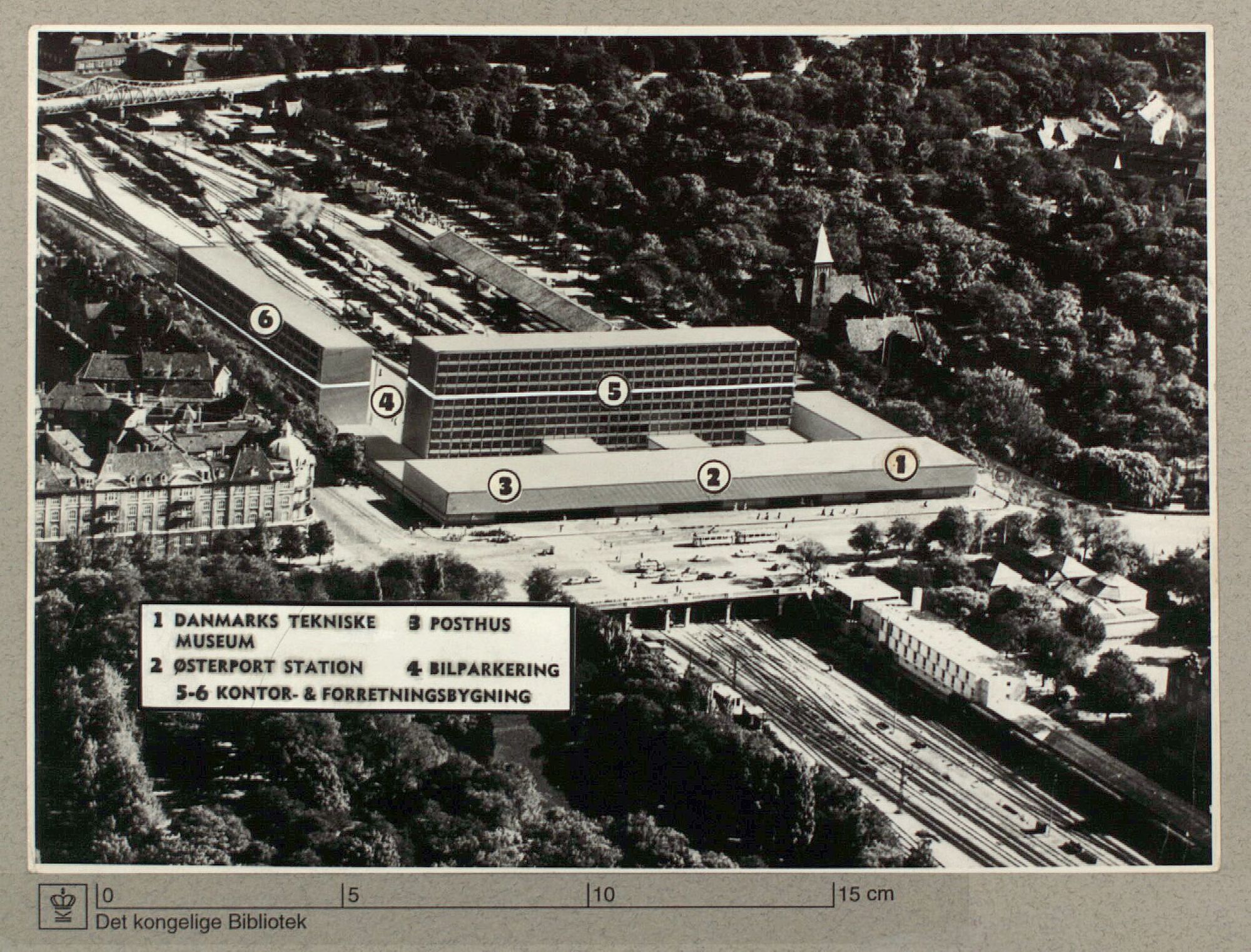
There were relatively advanced plans to demolish Østerport in the 1960s and replace it with a modernist block consisting of the Danish Museum of Science & Technology, a post office, and a new train station. I like modernism and I’m not reflexively opposed to these—Østerport was basically made out of fuckin’ Lincoln Logs for this precise reason, easy to dismantle and rebuild elsewhere…but this proposal looks like ass. Utterly devoid of life, a museum to death not technology. Bullet dodged.
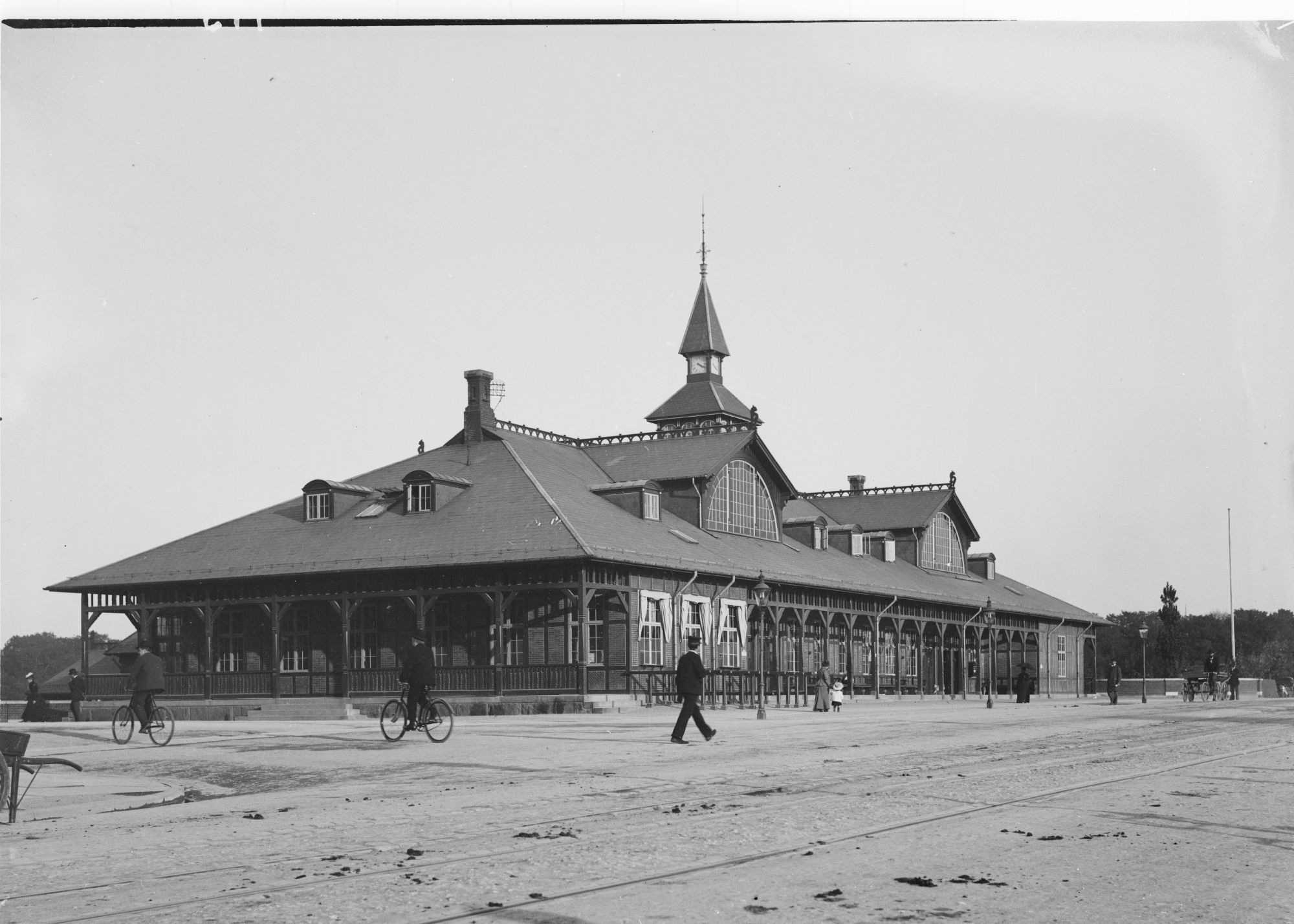
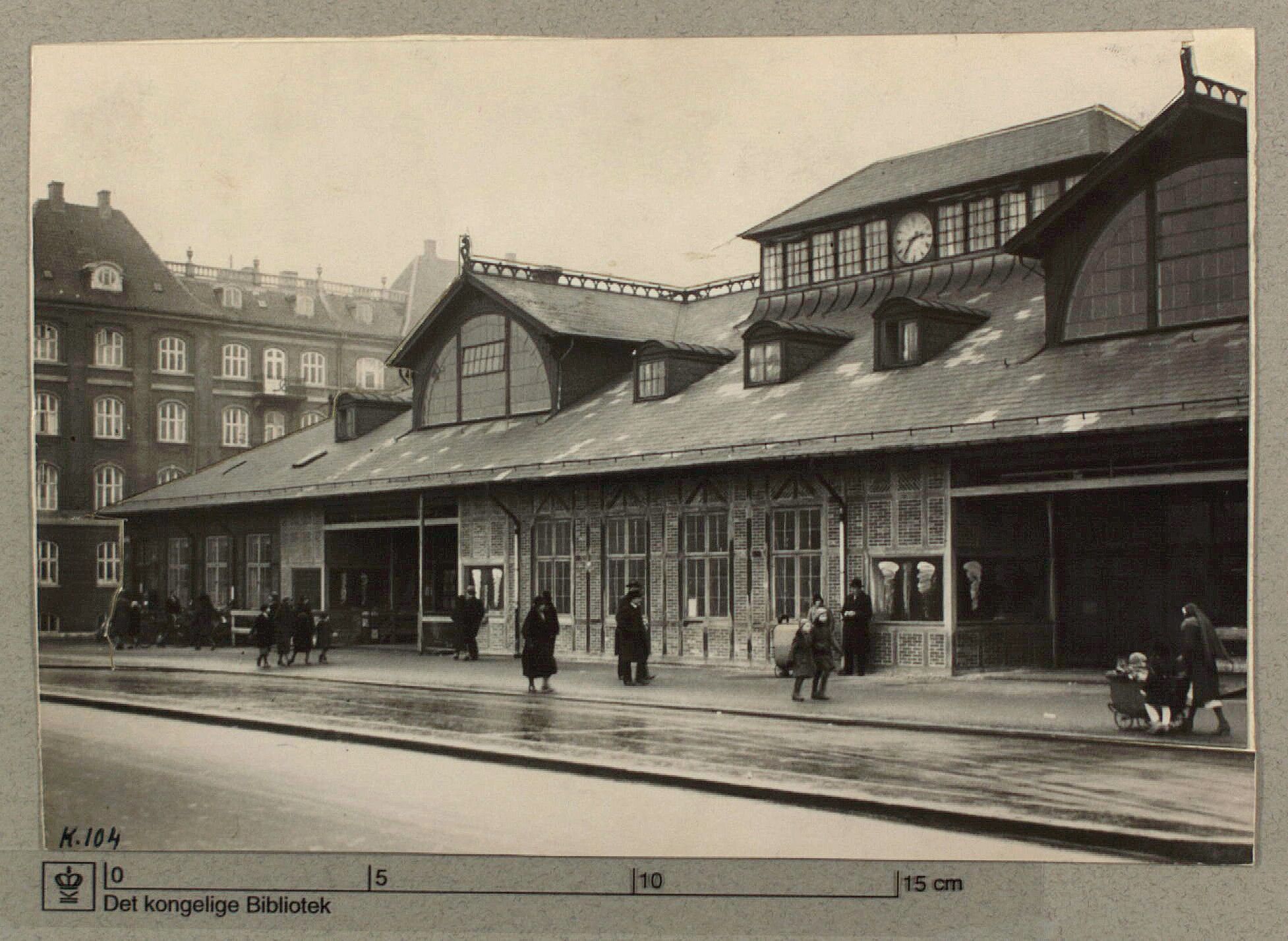
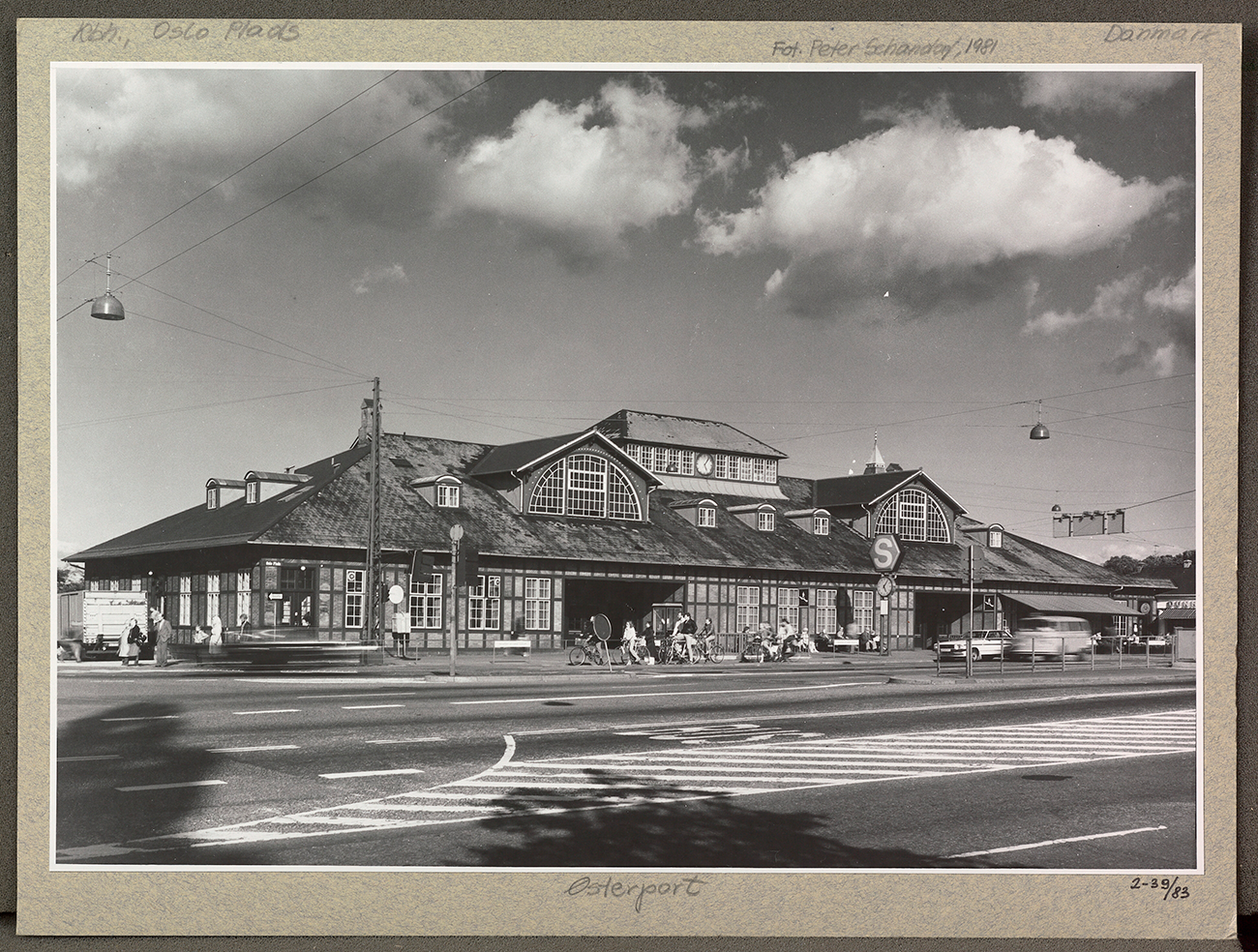
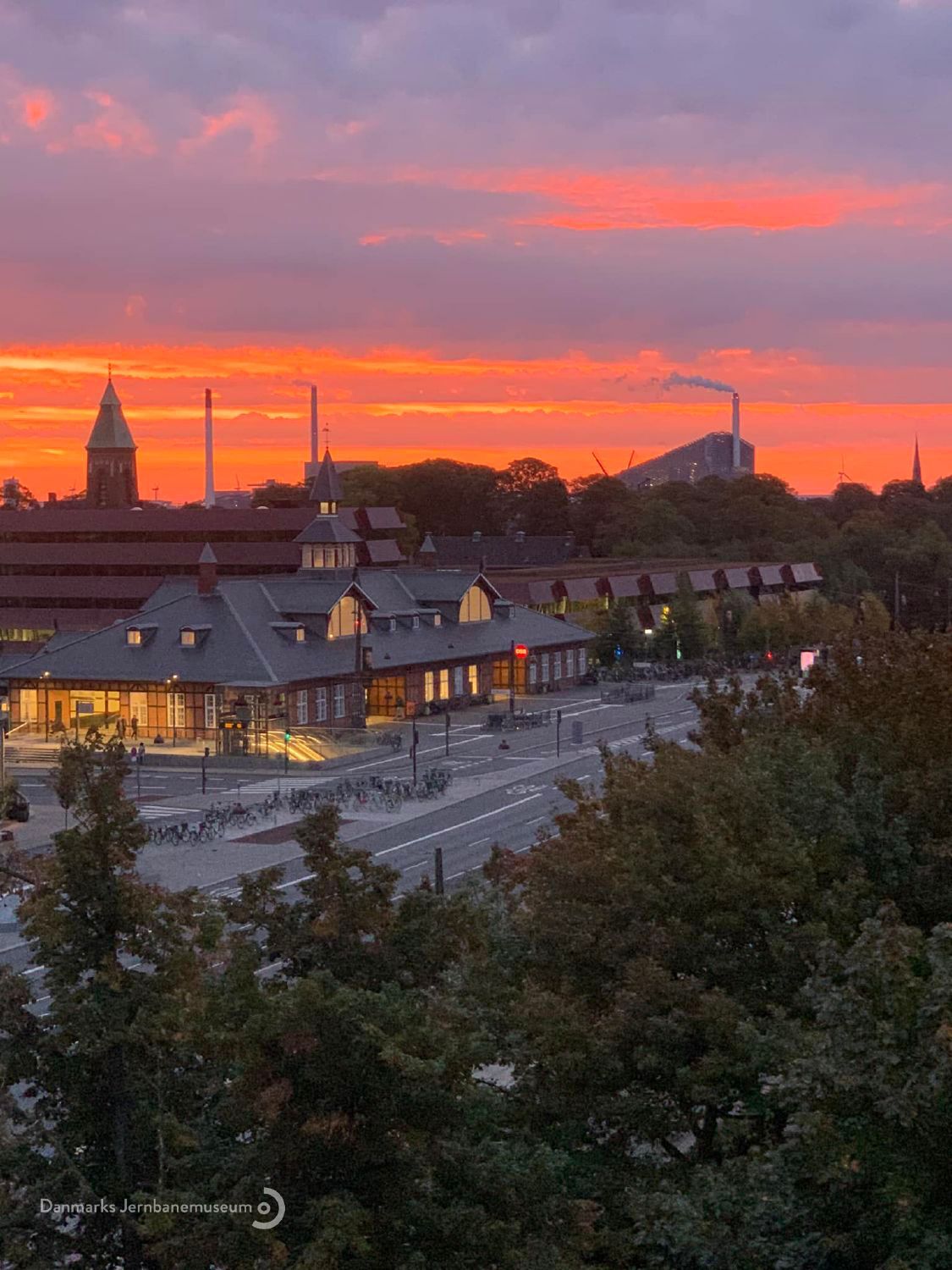
Somehow, after all that, the biggest change to Østerport is the loss of the original veranda—the station walls were pushed out to meet the roof line during renovations by Wenck’s successor, K.T. Seest, in the late 1920s. Besides the superficial exterior changes, things have obviously changed immensely on the inside and in terms of train operations. Suburban train service was added in the 1930s and a metro stop opened in 2019 as part of the new City Circle Line. KHR Architecture and Sweco led a meticulous restoration of the old station building, down to an archaeological examination of the original pigments used to paint it, that accompanied the construction of the new metro station.
...I think at this point we can say it's permanent.
Production Files
Further reading:
- The heritage listing landmarking the building by the Danish Slots- og Kulturstyrelsen and the clarification case
- An incredibly comprehensive look at the station, its history, its operations, etc. from the excellent Danske Jernebaner
- Case studies of the most recent restoration from KHR Architecture and Sweco
- The Danish Design Review on Østerport
- A neat 1954 vs. 2020 aerial comparison
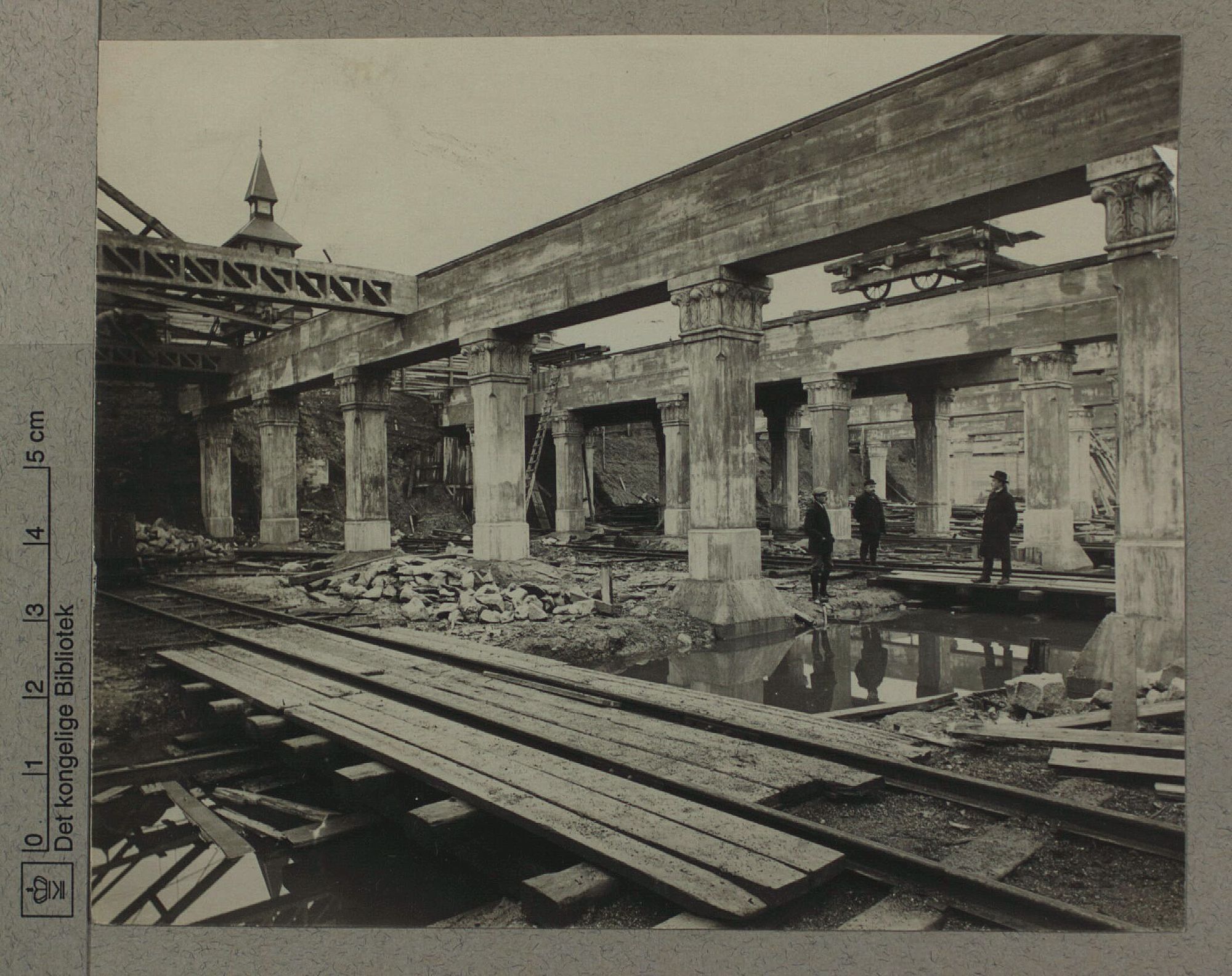
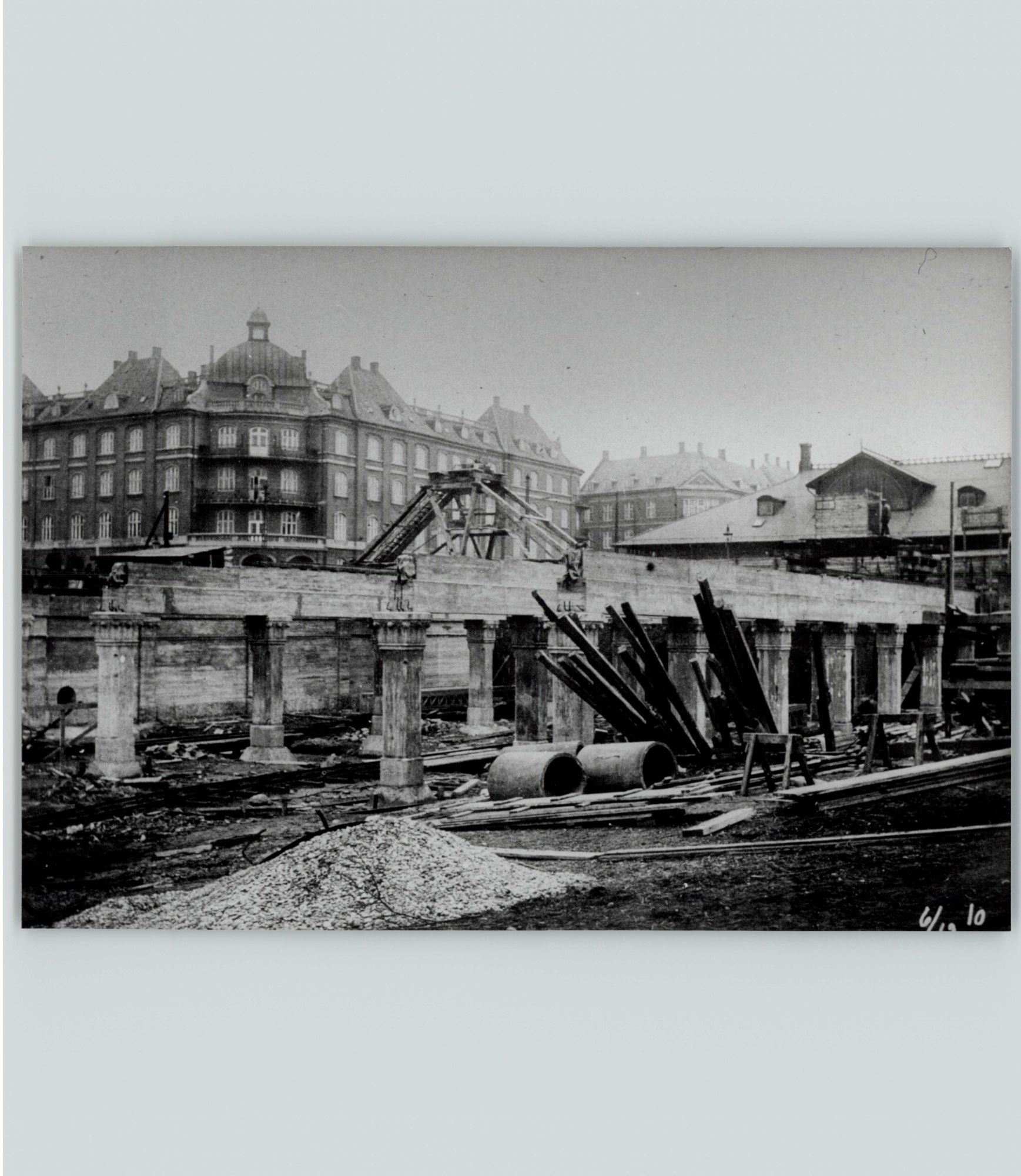
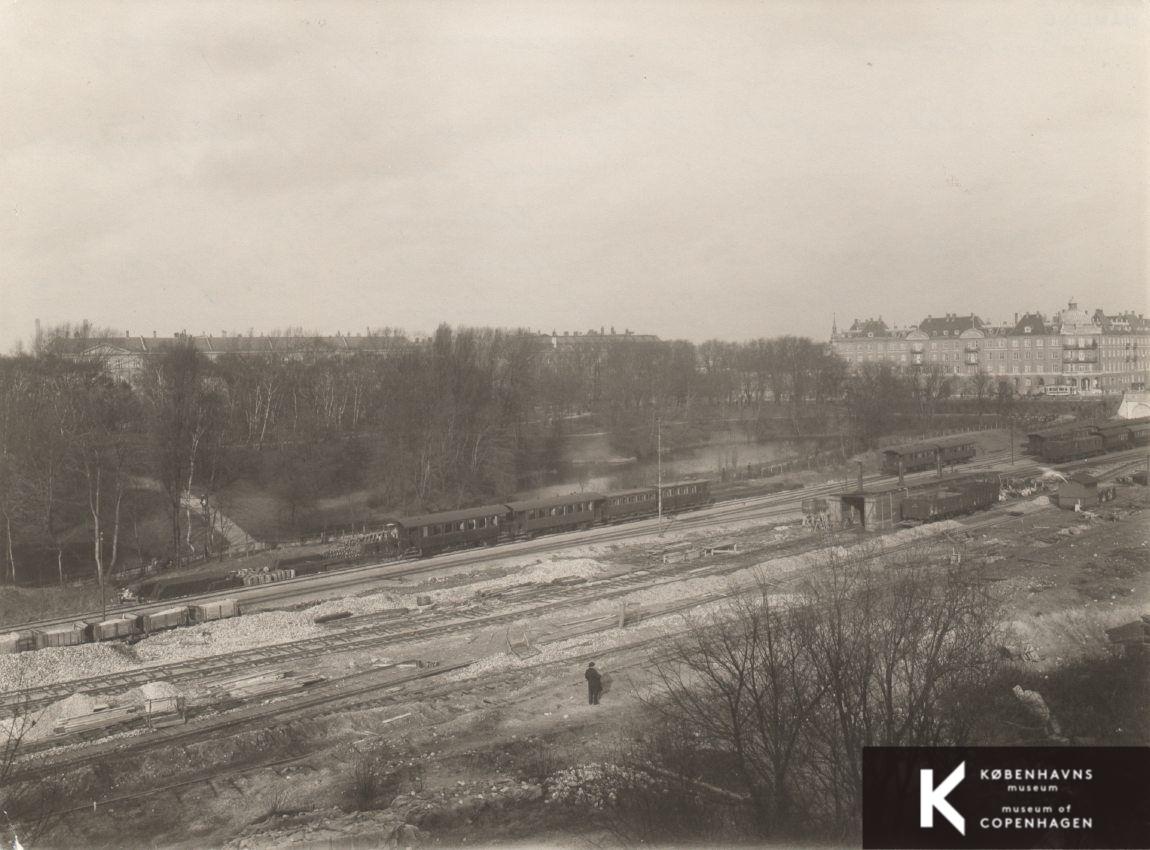
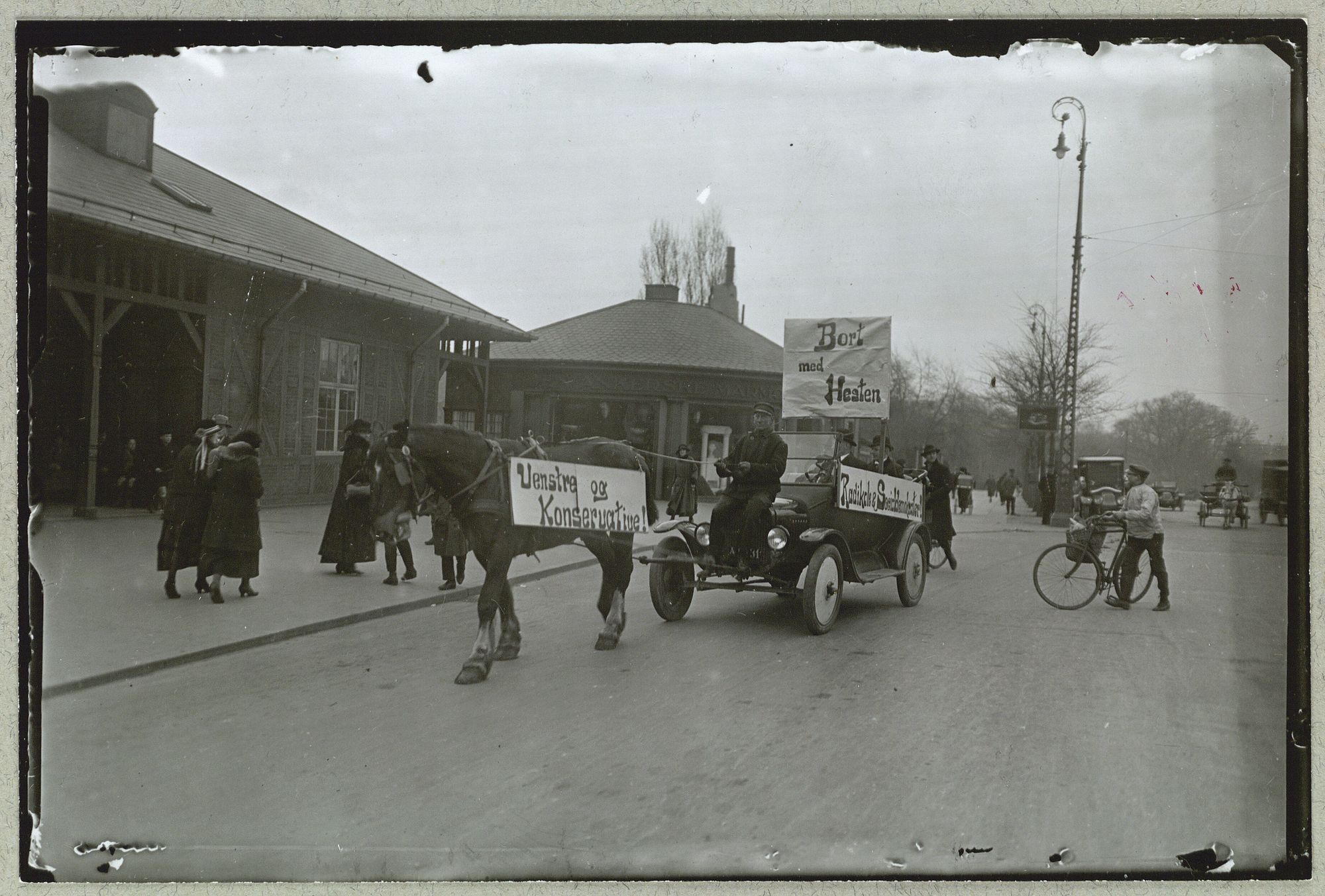
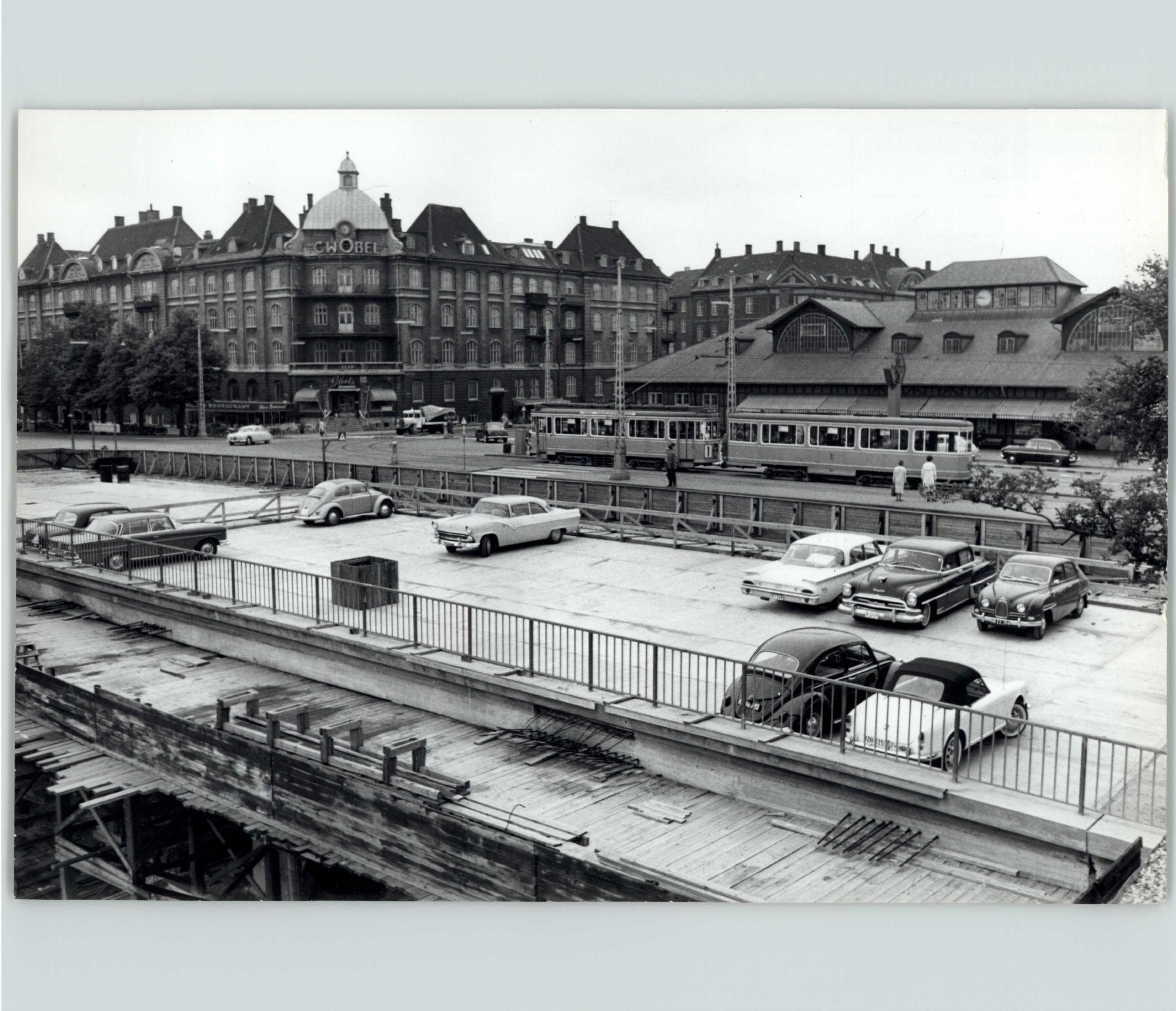
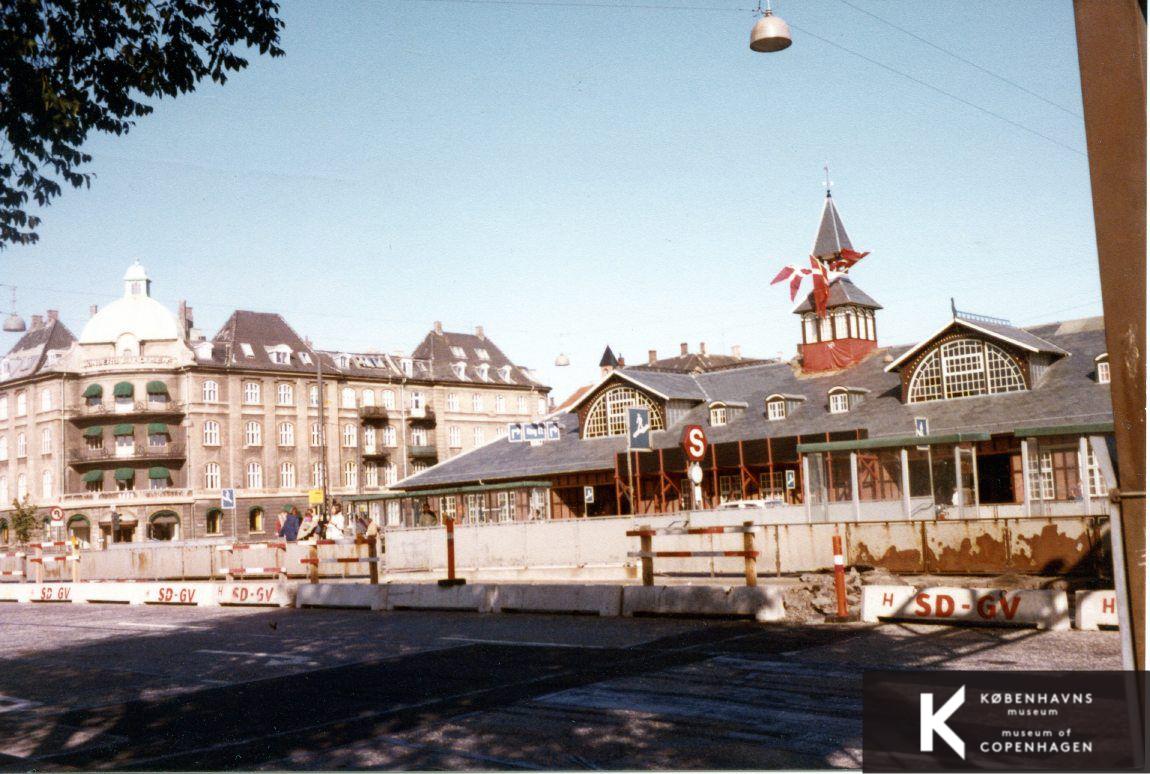
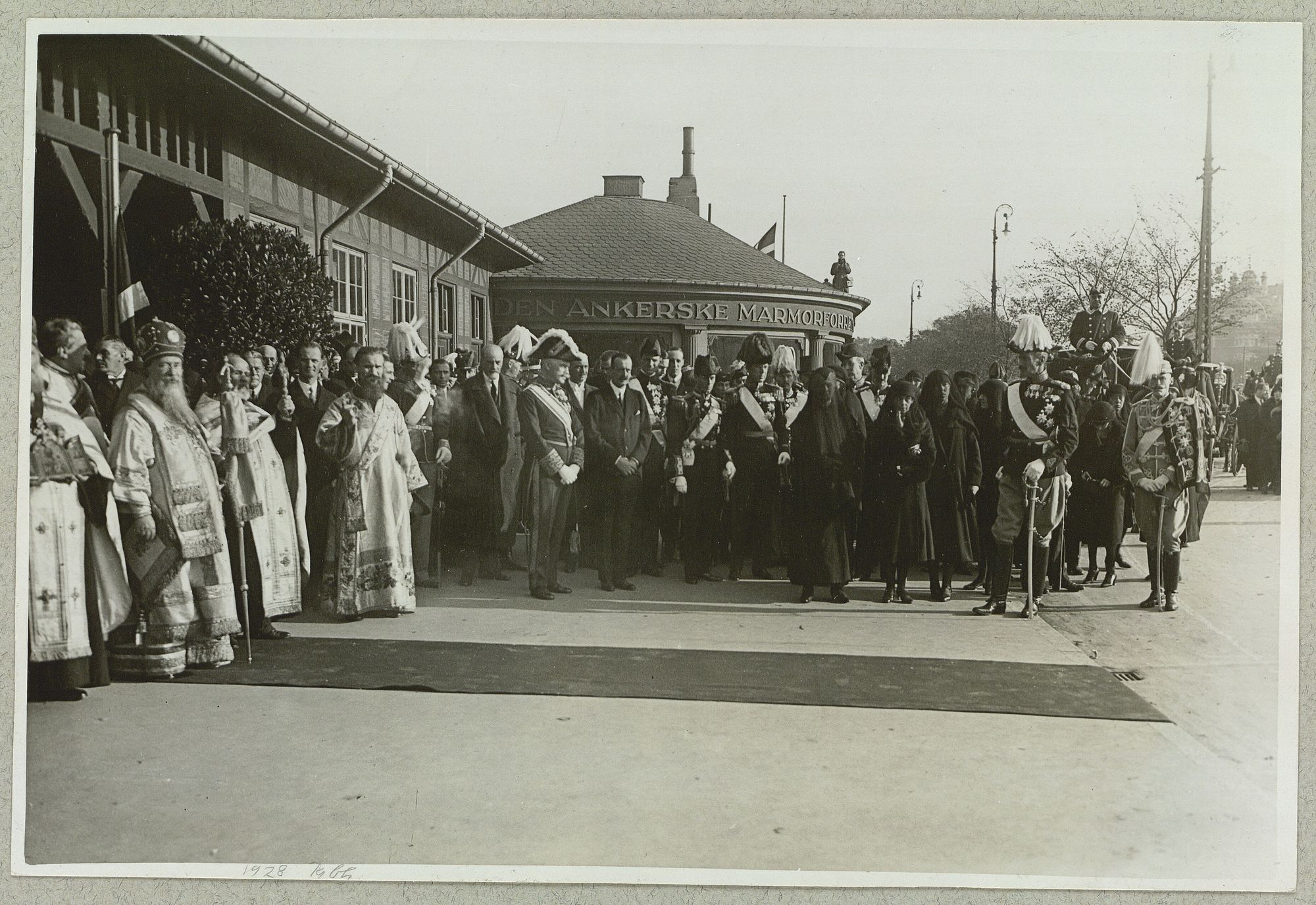

Member discussion: